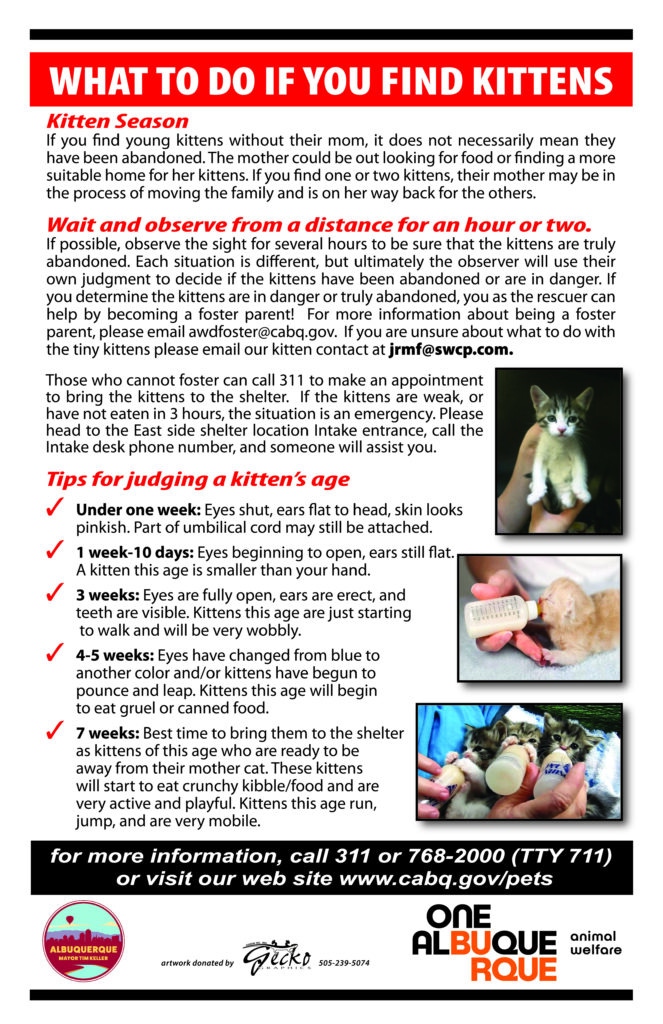City shelters, nonprofits prepare for kitten season
[anvplayer video=”5171655″ station=”998122″]
ALBUQUERQUE, N.M. – There’s just about 80 cats living in Albuquerque’s Eastside Animal Shelter right now, but officials say this is the calm before the storm.
“We can see, you know, up to 1,000 kittens in a season,” said Susan Ellis, a CABQ Animal Welfare Department deputy director.
This year’s kitten season is expected to blow last year’s out of the litter box.
“We have cats that were kittens back in the pandemic that never got spayed, neutered because of that backlog. So now we have a lot more cats, they’re having a lot more kittens,” said Ellis.
That chain reaction started during the pandemic. Personal Protective Equipment shortages forced the city to pause its spay and neutering operations, and they’re only just now picking up speed.
“After the pandemic things started ramping up, and it is a national crisis with shelters. There is not a shelter in this country that doesn’t feel that tightness,” Ellis said.
There’s no good estimates of how many feral cats are roaming around Albuquerque, but the folks at Street Cat Hub know it’s a problem that can’t be ignored.
“We have dealt with colonies anywhere from just a mom and five kittens, all the way up to colonies in the South Valley that have upwards of 70 cats,” said Jacinta Rupprecht, a Street Cat Hub volunteer coordinator.
Street Cat Hub is a nonprofit organization that traps, neuters or spays, and releases roughly 5,000 cats per year – up to 40 a day – and they stay busy.
“We have a waiting list of I believe about 300 people right now,” said Rupprecht.
Employees say the pet owners waiting in line aren’t part of the problem, and neither are the fixed cats they release back into the city.
“Every feral cat colony starts with usually an owned, free-roaming cat. Somebody who doesn’t get their cat fixed, who then lets their cat out, cat gets pregnant cat has kittens,” Rupprecht.
Animal Welfare leaders say more often than not it’s those kittens that end up on their doorstep, and they only have so much space in their shelters.
“I mean, it is just- you have to make those hard decisions sometimes,” said Ellis. “You can’t have overcrowding, you can’t have, you know, kittens on top of cats and cats on top of kittens.”
Animal Welfare officials say their shelters rarely have to make those hard decisions and the problem is getting better.
“So far we’re seeing positive trends that we’re going to catch up across Animal Welfare in general, but it is going to be a couple of years before we as an entire animal welfare community get there,” said Rupprecht.
The easiest way you can help out is by simply adopting a shelter cat, which are already spayed and neutered.
If that doesn’t work for you, Animal Welfare is always looking for temporary foster homes. They say that frees up room to help treat injured or sick cats, and you’re not obligated to keep the cat.
Street Cat Hub is also encouraging people to give them a call if they see feral cats. Their crews will grab them and fix them.
Both organizations say if you come across a litter of newborn kittens, let their momma take care of them until they’re about seven weeks old then give either of them a call.
